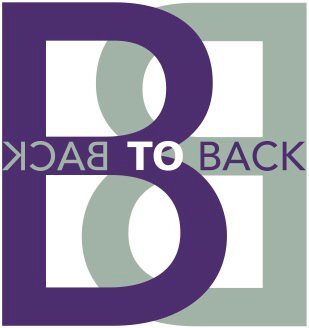Bone Stress Injury
A bone stress injury (BSI) is due to a bone’s inability to cope with repetitive mechanical loading.
This results in structural fatigue with localised bone pain and tenderness.
Essentially, BSI is an overuse injury and is normally multifactorial with a combination of biological, biomechanics and anatomical risk factors.
Lower limb stress factors are much more common than upper limb stress factors. Tibial stress fractures account for approximately half of all stress fractures, followed by the forefoot and then femoral shaft and neck.
It can be broken down into extrinsic and intrinsic factors:
Extrinsic factors:
Training errors
Excessive volume
Excessive intensity
Sudden change in intensity
Poor recovery
Excessive fatigue
Surface
Hard/soft/cambered
Shoes
Poor shoes/worn shoes
Equipment
Inappropriate kit
Poor nutrition
Psychological factors
Environmental conditions
Intrinsic factors:
Training errors
Pes planus/cavus
Hip anteversion
Leg length
Muscle weakness/imbalance
Lack of flexibility
Genetic factors
Endocrine factors
Metabolic factors
RED’s
Previous bone stress
Smoking
Family history
The management of BSI begins with off-loading the affected bone to reduce pain and assist healing. A holistic overview is taken to improve general wellness including sleep and nutrition. This is complemented with a gradual loading programme with physical therapy.
Rapid and clear diagnosis is essential in preventing the propagation of the fracture.
To assess the history of the BSI we will need to know:
The type of impact sport/physical activity you’ve been doing
Any changes in intensity, frequency, time, environment
Changes in the recovery
Any female REDs (relative energy deficiency)
Your general nutrition
Where the pain is, especially when loading, e.g. for a lower limb we’d look at where the pain is when running or hopping
The point you feel the pain will help decipher how long you have been suffering with that stress fracture. Early stress fractures often give pain towards the end of an activity, whereas with more well established BSI, pain comes on earlier on, or even at rest. It can also be more intense and linger for longer in more established BSI.
Examination
To examine a BSI we would look at a number of things, focal tenderness and swelling on palpation, percussion may reproduce the pain. We would look to run a tuning fork test and a fulcrum test. For lower limbs we’d look to see if you can stand on one leg and see if you can hop on the affected leg.
Imaging
Often an x-ray will suffice to view a stress fracture, although it can take 2-4 weeks for it to show on x-ray and sometimes cannot be seen at all. If it cannot be seen we can use a bone scan - the downsides of this is they are time-consuming and involve an injection and exposure to radiation. An MRI is sensitive and specific for BSI, it gives a very accurate correlation to the picture. It can be costly though.
Management for BSI
Offload/stop participating in activity, especially high impact exercise
Maintain fitness levels through cross training - swimming, cycling, pool running
Consider immobilising your injury - e.g. using a brace
See an Osteopath who can work with you to gradually strengthen and improve flexibility
Address any dietary needs
Ca and Vitamin D supplements will help improve any bone issues and deficiencies
Look at hormonal balance for those who may suffer from a hormonal dysfunction
Address REDs if necessary
If you are concerned about an injury, BSI or other, please give us a call today on 020 8605 2323.
Blog post by James Dodd

